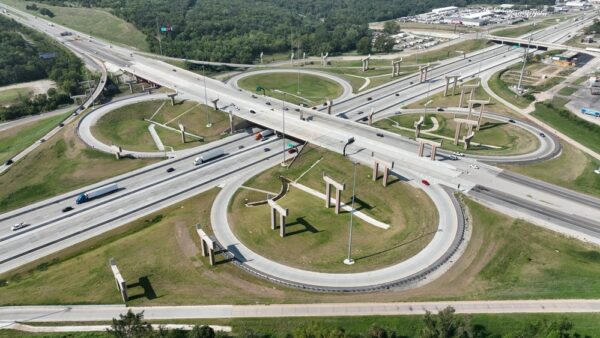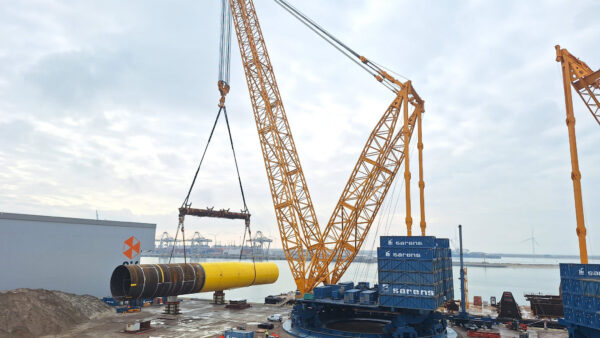A privately-financed, $1.12bn hydropower scheme in Cameroon will boost the West African country’s generating capacity by 30%, the World Bank says.
The 420MW Nachtigal Hydropower Plant on the Sanaga River, being developed by France’s EDF and funded by a group of financiers, will save the Cameroon government $100m annually in other power generation costs, the bank said.
With a completion target of 2022, the Nachtigal dam will be one of a very few hydropower public-private partnerships (PPP) in Sub-Saharan Africa.
“The World Bank Group [WBG] has been instrumental in securing private finance for the Nachtigal Project, mobilising the support of the entire WBG and leveraging financing from a host of other private and public partners, including loans from local commercial banks at a tenor unprecedented in Sub-Saharan Africa,” said Elisabeth Huybens, World Bank country director for Cameroon.
The WBG, through the International Bank for Reconstruction and Development (IBRD), is providing $300m in loan and payment guarantees.
Whilst 74% of Cameroon’s population has access to electricity now, the cost is high, and the bank believes more sources of renewable power will bring down the cost of tariff compensation.
It notes that after the Lom Pangar Dam began operating in 2016, the estimated average annual tariff compensation fell from $25m in 2017 to $16m for the period 2018-2020.
Image: The Nachtigal dam will be built on the Sanaga River, Cameroon (EDF)










